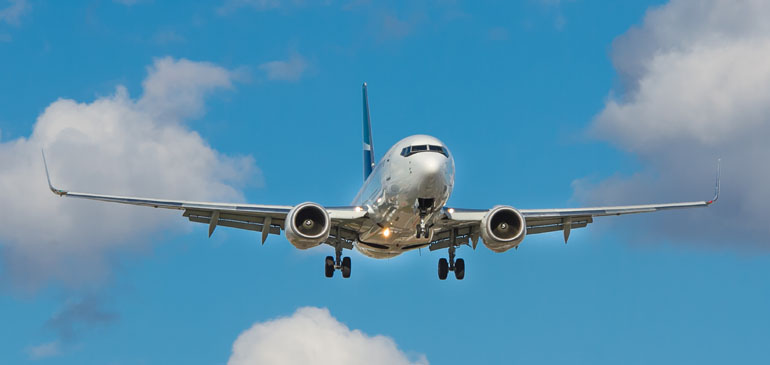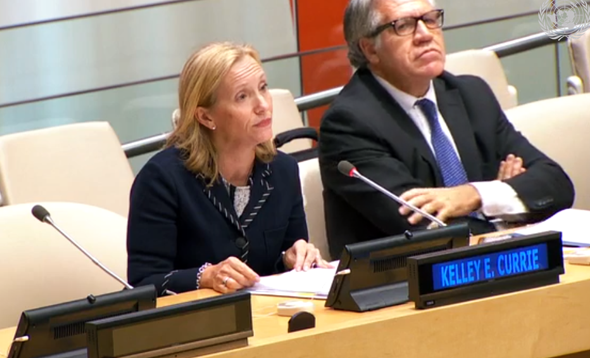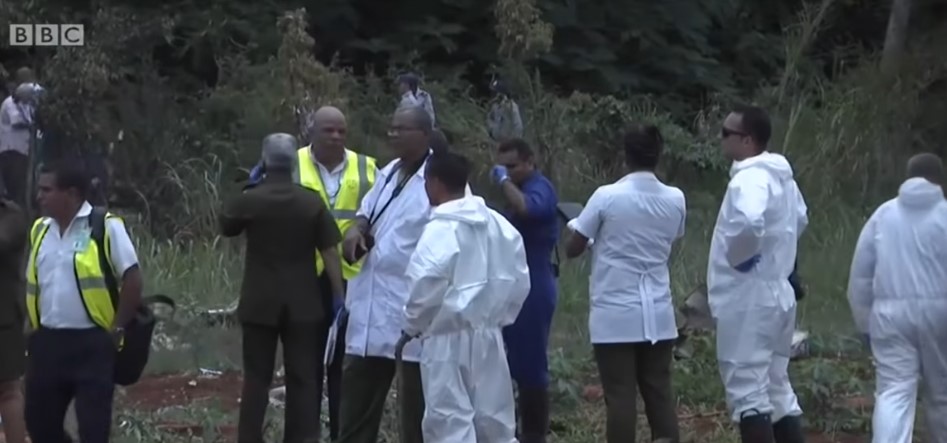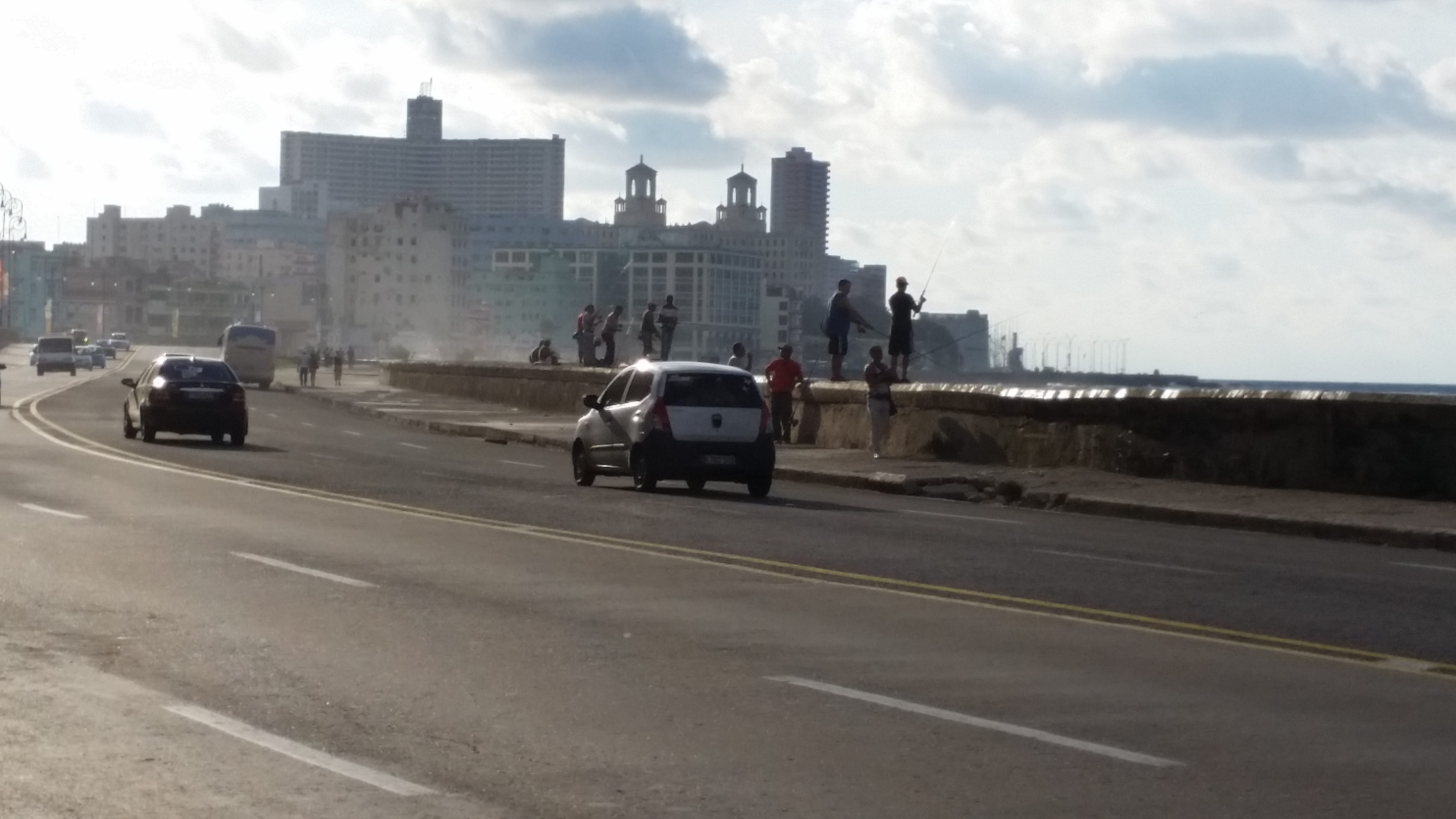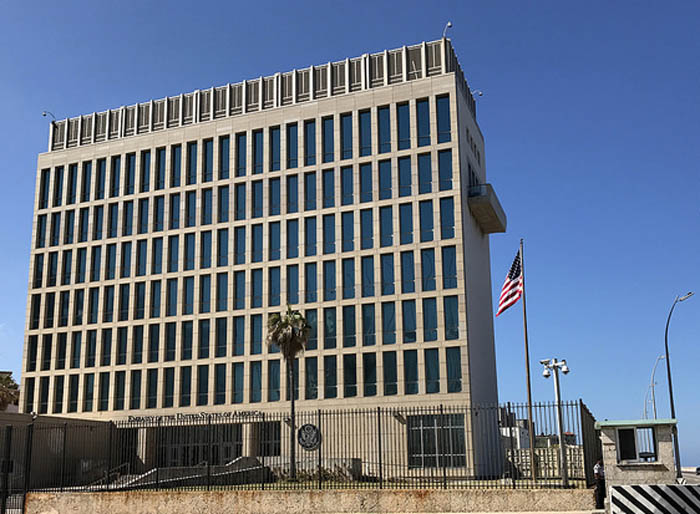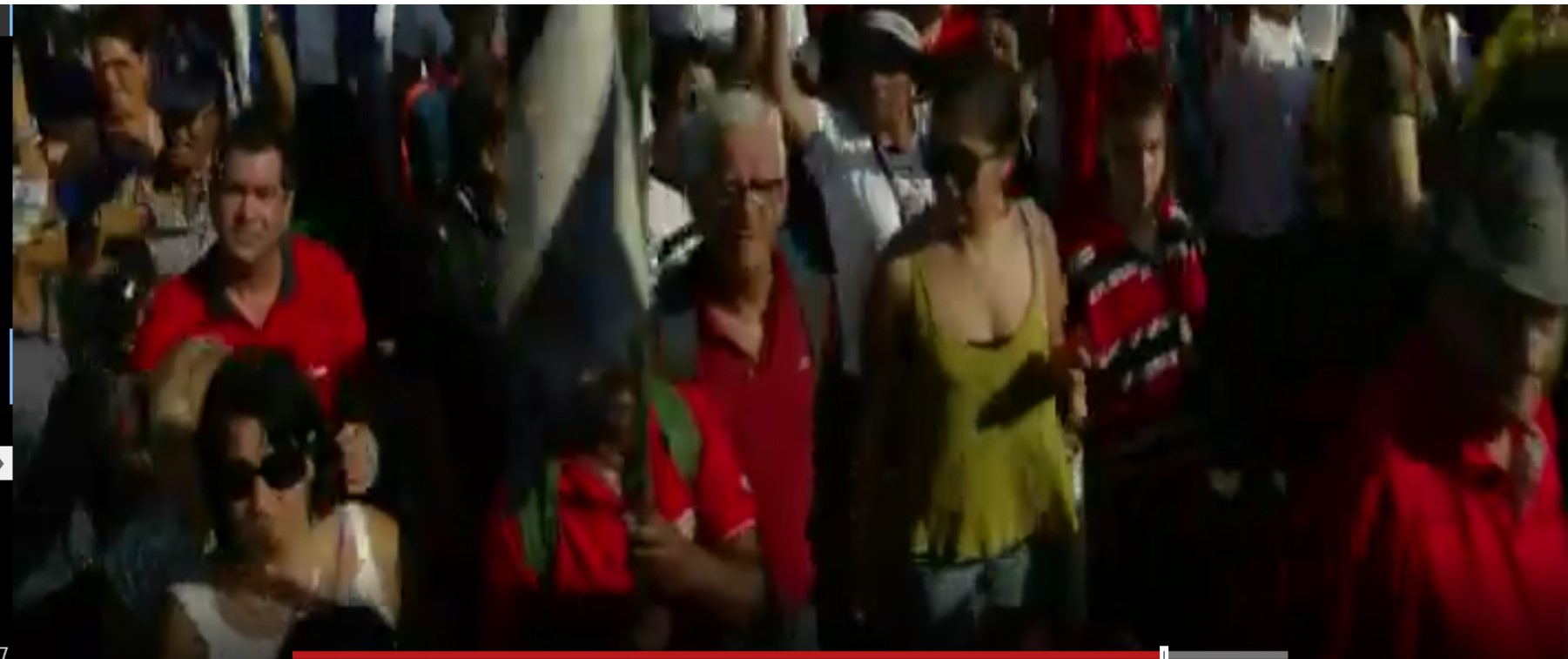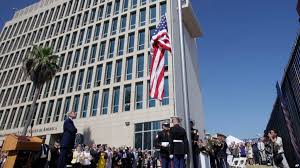
October 7, 2022—The name of the small boat said it all: Libertad. On the stern, the words “Si, se puede” said a lot. They reflected the passengers’ determination to make a new life. Yes, we can.
They reached U.S. shores around 3:00 a.m. on the shores of Key Biscayne, just outside of Miami.
The vessel fit 26 passengers. Looking at the boat, it’s a wonder how they would have fit in the boat for the trip. When there’s a will, there’s a way.
Fleeing Cuba
Cubans have been fleeing from the communist island in record numbers in recent months.
In a sense, the trend is not new. They’ve escaped to brighter shores since Fidel Castro came to power in 1959. Once in control, it didn’t take Castro long to nationalize private property and punish opponents. That drove Cubans to flee for secure shores by the tens of thousands. Some estimates suggest 250,000 Cubans fled the island in the years following the revolution.
Cuban Migration to the United States Spikes
Political repression in Cuba never really stopped. Neither did the quest for a better life—a life where one could speak freely and make a decent living.
This year the number of international migrants reaching U.S. borders swelled to new highs.
From October 2021 to August 2022, U.S. border patrol agents encountered 2.49 million migrants along various borders. Of those migrants, 197,870 came from Cuba, according to encounter statistics from the U.S. Customs and Border Protection.
Most of them coming are single adults. They don’t all come on boats arriving in Florida. Many arrive along the Southwest Land Border. Others are found along the Northwest Land Border in cities like Detroit, Buffalo and Seattle.
It is often a dangerous and expensive voyage. And still, they come.
